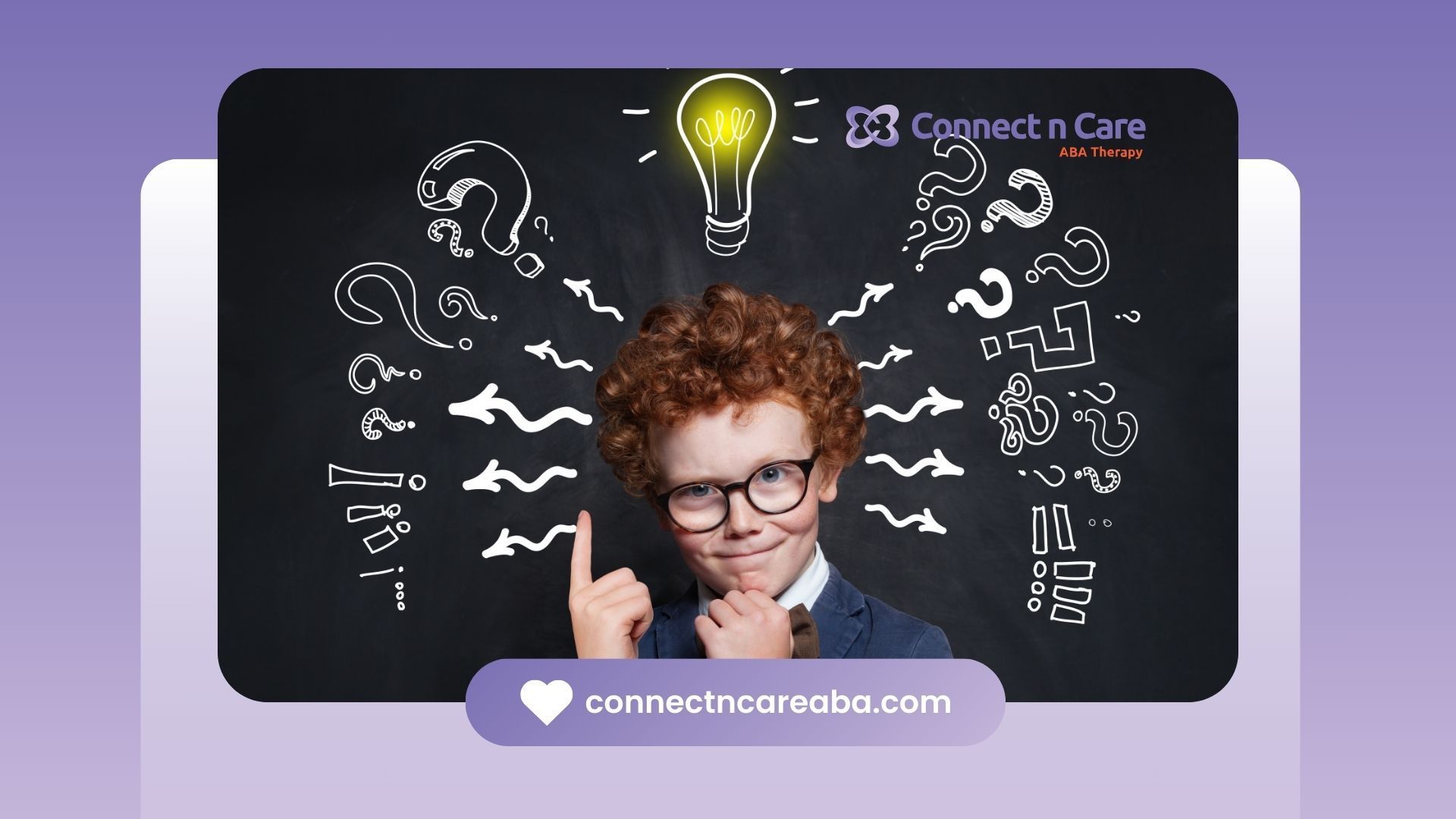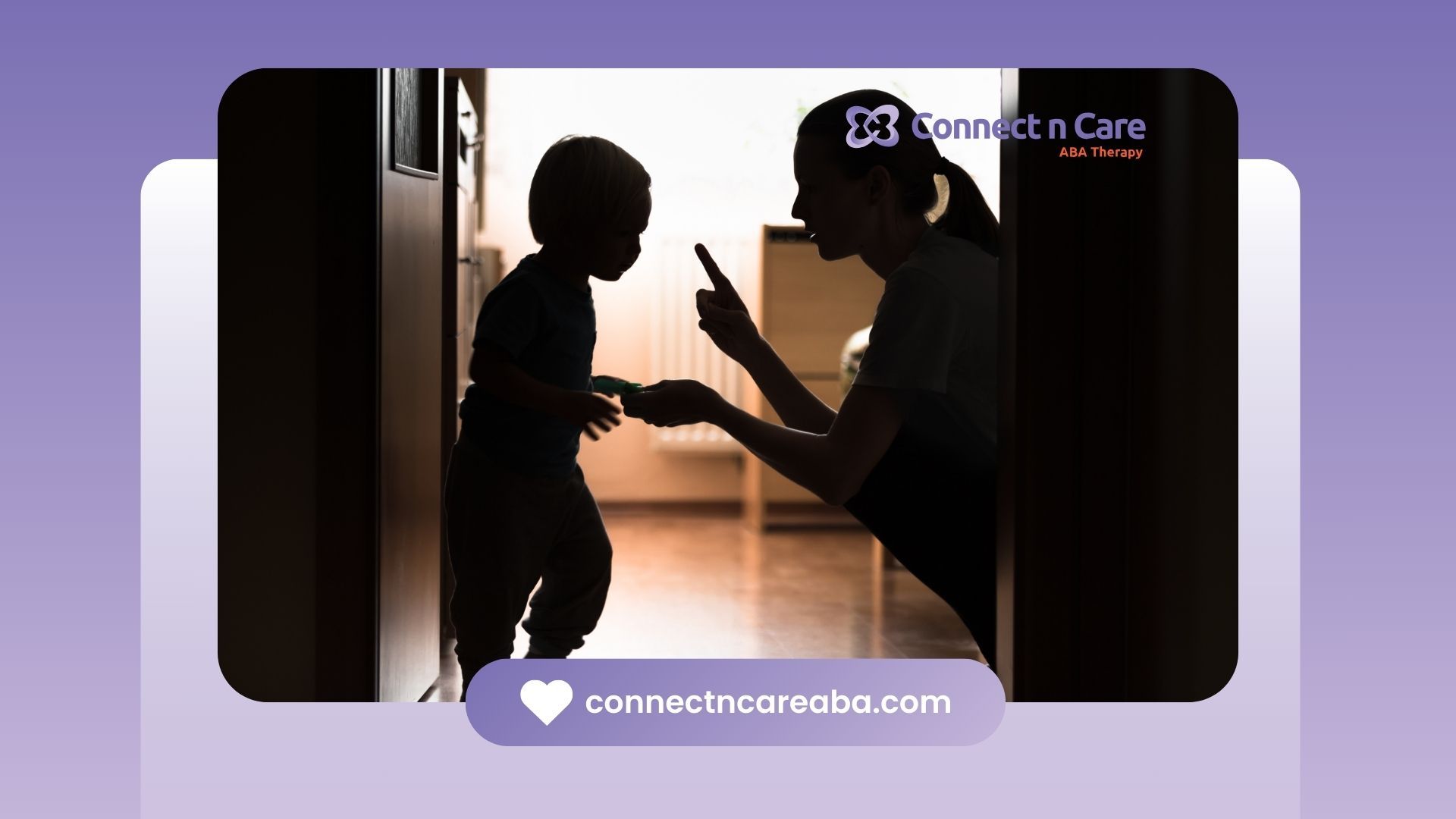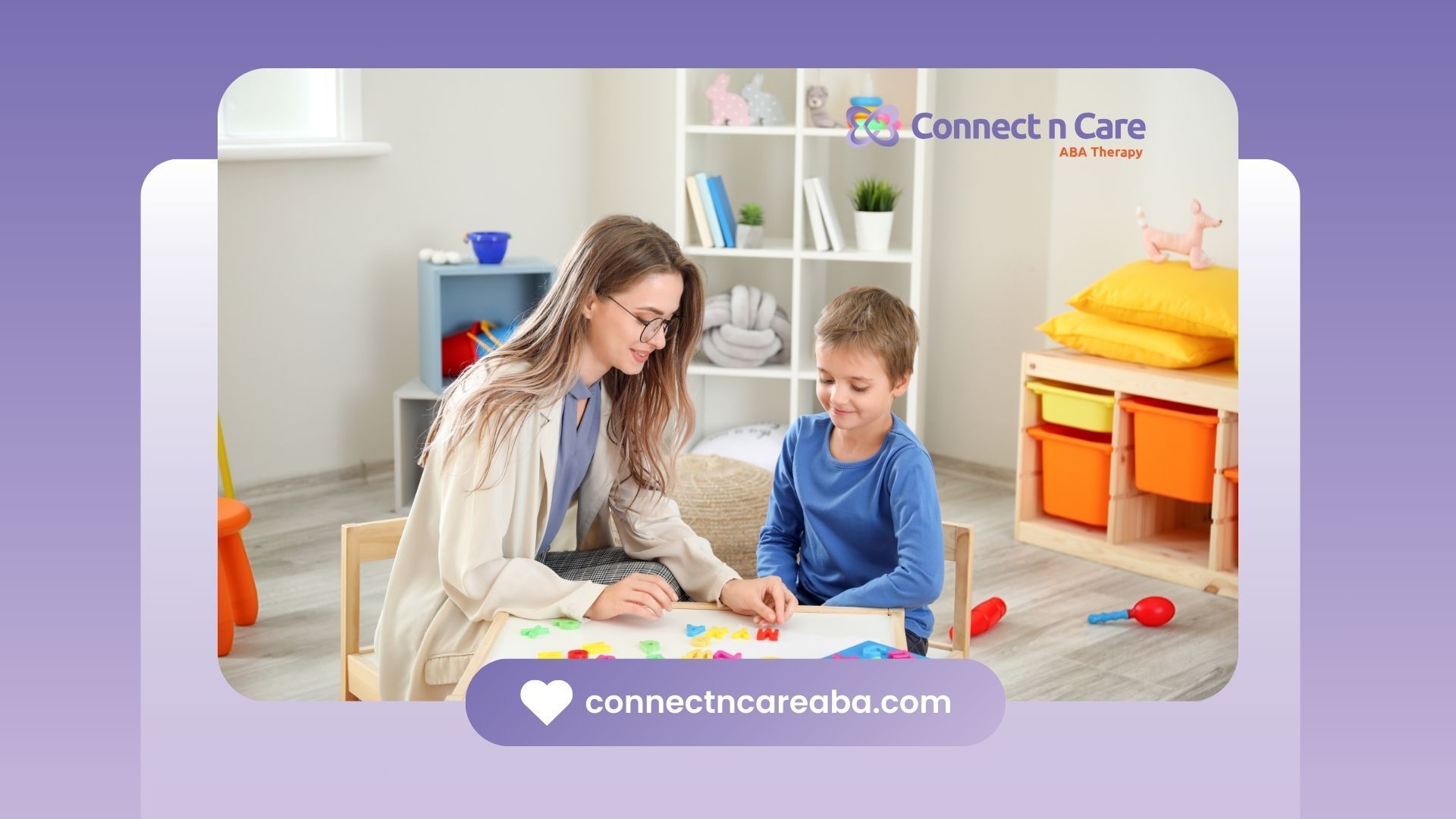Social situations can be tricky, especially for autistic people in a world that often follows typical social norms. The autism spectrum is wide. Some autistic individuals might connect and understand each other well, while others might struggle. This blog looks at the challenges and successes that can happen in relationships between autistic people.
Understanding Autism in Relationships
Autism spectrum disorder affects people in many ways. Every autistic person sees the world and connects with it in their own way. This shapes their social skills, communication styles, and sensitivity to their surroundings. To build any relationship, it’s important to understand these differences. This is especially true for people who are both on the autism spectrum.
It’s also important to remember that viewing autistic individuals only through their challenges misses their strengths. They offer valuable contributions to relationships. Paying attention to each person’s needs, preferences, and communication styles is key. This helps create friendly and supportive connections.
The Unique Challenges Autistic Individuals Face With Each Other
One might think that autistic people would naturally understand each other's needs. But the truth is more complex. Just like neurotypical people, autistic individuals do not have a simple guide to their social skills and communication styles. What one autistic person finds easy to understand might feel overwhelming to another.
Different needs and wants can cause issues in relationships. For instance, one person's wish for routine might conflict with another's wish for excitement. If these differences are not handled with care and understanding, they can lead to frustration and conflict quickly.
These small differences can lead to misunderstandings. Both people might misread social cues, which can cause hurt feelings or frustration. So, it is very important to have open and honest talks about each person's needs and limits. This is key to overcoming these challenges.
Misconceptions About Autistic Interactions
A common belief is that autistic people do not have empathy. This idea is wrong and can harm how others see autism spectrum disorder. In truth, autistic individuals feel and show empathy in ways that are different from neurotypical people. They might notice different parts of a situation or find it hard to pick up on subtle social cues that usually show emotions.
Another belief is that all autistic individuals have the same way of socializing and communicating. Like any diverse group, communication styles within the autism spectrum can be very different. One person might like straight talk, while another may use body language more.
These misunderstandings can create problems for autistic individuals. It is important to approach each relationship with an open mind. We must understand that people on the autism spectrum are not all the same. They are unique, with their own experiences, strengths, and challenges.
Communication Barriers Amongst Autistic Individuals
Communication is key to building understanding and connections in any relationship. For autistic people, there can be challenges due to different ways of processing information and social cues.
To overcome these challenges, we need patience and flexibility. It's important to be ready to change our communication styles to fit each person's needs. By understanding and addressing these issues, autistic individuals can create stronger and more meaningful relationships.
Building connections can be challenging for individuals with autism, but the right support can make a difference. Autism treatment therapy provides tailored strategies to help develop social skills and improve relationships, even between individuals on the spectrum. Seeking expert guidance can open doors to better understanding and stronger connections.
Identifying Different Communication Styles
Recognizing that communication is more than just talking is very important. Body language, facial expressions, tone of voice, and even silence all play a role in social communication. People with autism may see or show these nonverbal signals in a different way. For instance, one person may take things literally, while another might use more creative language.
It's key to understand personal preferences. Some people might feel better with direct verbal communication. Others might do well with visual aids or written messages. For example, texting or emailing can help those who find speaking too hard.
By knowing these differences, autistic people can adjust their communication to be clearer. They can focus on explaining their intentions, asking questions to clarify, and being patient as others think.
Strategies for Effective Communication
Open and honest talk about sensory issues is very important. What makes one person feel calm may feel too much for someone else. By creating a cozy and friendly space for everyone, social interaction can be better and anxiety can lower. This could mean changing the lighting, reducing background noise, or providing fidget toys.
Active listening is key for better understanding. This means focusing on both words and body language, asking questions for clarity, and repeating back what you hear to make sure you understand it right. It’s also important to not interrupt and to give time for people to process what has been said.
Building social skills takes time and practice. Being patient, understanding, and giving positive support can really help with building confidence and improving communication. Creating a safe space for open talk, without judgement or criticism, can help everyone feel more vulnerable and understood.
Social Dynamics Between Autistic Persons
Different people have different ways of communicating. They also have unique approaches to social interactions. Sometimes, people do not understand social cues and personal boundaries, which can lead to confusion or arguments.
By being aware of each other's needs, respecting boundaries, and encouraging open communication, autistic individuals can better manage these situations. This helps them create more fulfilling relationships with one another.
Navigating Social Cues and Boundaries
Autistic individuals may see and react to social cues in a different way. For some, eye contact can be tough or even too much to handle. Looking someone directly in the eye can feel intense or invasive. On the other hand, if someone doesn’t make eye contact, it might be seen as not caring or not paying attention.
It’s also important to understand personal space. What feels good for one person might feel too close or too far for someone else. So, it’s very important to respect these personal space boundaries. This helps to build a safe and comfortable social setting.
Talking openly about what someone needs can help prevent confusion. If someone looks uncomfortable, it’s better to ask how you can help or what they need right then, rather than guessing.
Creating Comfortable Social Environments
Sensory sensitivities can greatly affect how people interact with each other. Bright lights, loud sounds, strong smells, or certain textures can feel too much or distracting for those with sensory processing disorder. Finding a common understanding of each person's sensory needs can help everyone feel more comfortable.
Making a calm and steady environment can lower anxiety and help people relax. You can do this by picking places with less sensory overload, allowing breaks when needed, or giving sensory tools like noise-canceling headphones or fidget toys.
Talking openly about sensory needs is important. Finding ways to meet these needs shows respect and creates a welcoming space for everyone. This can mean asking about preferences for lighting or sound beforehand.
Emotional Connection and Empathy
One common myth about autism is that autistic people do not have empathy. This false idea can harm their relationships. It can create misunderstandings and make it hard for them to connect emotionally with others.
Understanding that empathy can show up in many ways for people on the autism spectrum is important. By accepting these differences, autistic individuals can create stronger relationships based on understanding, acceptance, and shared experiences.
The Myth of Lack of Empathy in Autism
Empathy means being able to understand and share someone else's feelings. Autistic individuals may show empathy differently. Sometimes their way of showing it isn't easily recognized by people who have typical brain functions. This doesn't mean they lack empathy.
Autistic individuals might feel emotions deeply inside or show their empathy by doing something, not just by talking. For instance, an autistic person may help someone practically or share their personal experience to connect with that person who needs support.
It is important not to dismiss these ways of showing empathy just because they are different from the typical way. Doing so keeps alive harmful stereotypes and makes it harder to form real connections. We need to recognize and appreciate the various ways people express empathy. This is vital for building good relationships.
Fostering Emotional Understanding and Connection
Building a strong emotional connection needs open talks about feelings and needs. Autistic people can find it helpful to clearly express their emotions and accept their own experiences. Learning to recognize and share feelings in a safe and supportive space can help build self-awareness and improve how they handle feelings.
Personal experiences can help build empathy and understanding. Sharing stories about when people felt understood or misunderstood, supported or ignored, can make a place for being open and connecting with each other.
Keep in mind, creating strong relationships takes time. It needs patience, effort, and understanding from everyone involved. By recognizing and accepting differences, autistic people can form meaningful and rewarding connections based on respect and empathy.
Managing Conflicts and Resolving Disputes
Disagreements happen in all relationships, including those between autistic people. They may argue more often because they can communicate differently. They also have unique sensory needs and ways of seeing social situations.
To solve these conflicts, it is important to be understanding and caring. Talking openly and honestly is key to resolving issues in a positive way.
Common Sources of Conflict Between Autistic Individuals
Misunderstanding social cues or intentions can cause problems. A person might see a comment as harsh, while the speaker only meant it as a note. Likewise, different views on body language can create tension.
Different people react to sensory things in their own ways. What seems like a small annoyance to one person may feel completely overwhelming to someone else. Conflicts can arise over preferences like light, noise, or space if we don't talk about them respectfully.
It's important to remember that even if a person has similar issues as autistic individuals, their own experiences and ways to cope can be very different. We should approach disagreements with an open mind. Trying to understand the other person's view, even if it's quite different from your own, is very important.
Techniques for Peaceful Conflict Resolution
- Open and clear communication is very important.
- Use “I” statements to share feelings and needs without blaming others. This helps create a more understanding environment.
- For example, instead of saying, “You always interrupt me,” say, “I feel unheard when I’m interrupted.”
- Taking breaks can help calm things down, especially when emotions are high.
- This gives people a chance to manage their feelings and think more clearly before continuing the conversation.
- Remember, the goal of resolving conflict is to find a solution that works for both sides.
- It is not about winning or blaming each other.
- Focusing on negotiating and compromising can improve the relationship while respecting everyone’s needs.
Shared Activities and Interests
Finding common ground is a strong way to build connections and improve relationships. Shared interests offer chances for fun and connection. They also help us to understand each other better and feel more empathy.
Doing activities together can create a sense of friendship and shared goals. This opens doors for deeper talks and lasting friendships. These activities can be simple, like watching a movie, or more involved, depending on what people like.
Finding Common Ground Through Interests
Shared interests can help build friendships and connection. These interests can be very different. They might include hobbies like collecting stamps or playing video games. They can also include bigger passions like art, music, or animals.
Finding these interests can happen through talking, asking about each other's hobbies, or suggesting activities you both like. This exploration helps autistic people bond over something fun. It also makes communication flow more easily.
Joining clubs or groups that focus on shared interests gives more chances to meet others who think like you. Being in a group with a common passion helps create a sense of belonging. It helps build social connections that might be harder to form alone.
Collaborative Activities to Enhance Bonding
Engaging in activities with others, especially those that need teamwork and talking, can really help strengthen relationships. These activities might include playing board games, solving a puzzle together, or joining in a group project that everyone is interested in.
Doing these activities can be fun and enjoyable. They also let people practice social skills and feel a sense of working together. These activities need talking, compromise, and teamwork, which are all important for healthy relationships.
When people work towards a shared goal and celebrate their achievements together, it creates great memories. These moments help build stronger connections and make relationships more positive and supportive.
Conclusion
In conclusion, to help autistic individuals connect better, we need to have understanding, patience, and specific ways of talking. By seeing the special challenges they have in relationships, we can clear up misunderstandings and build emotional ties. This helps them do better in social situations. Good communication, solving problems, and doing fun activities together are key to improving their connections. It's important to create friendly places where empathy, understanding, and respect are the focus. By using these strategies, autistic individuals can have strong relationships based on shared understanding and support.
Connect n Care ABA in North Carolina stands out for its personalized approach to fostering social connections and understanding among individuals with autism. Their experienced team provides tailored strategies to help bridge communication gaps and promote meaningful relationships, even in the most challenging scenarios. Ready to discover a supportive environment for growth and connection?
Reach out to Connect n Care ABA today and take the first step toward building stronger social skills!
Frequently Asked Questions
Can two autistic individuals have a successful relationship?
Yes, for sure! Autistic adults can have successful relationships with one another. Good communication is important. It's also helpful to understand each other and be ready to change how we talk to fit each other's communication styles.
How can autistic persons adapt their communication styles for each other?
Adapting how we talk to others means we need to understand them, be patient, and listen carefully. It helps to be clear, state our needs, and offer support. Using pictures or writing can also make it easier to share information and connect better.
What are some common misunderstandings about autism and empathy?
A common myth is that people with autism do not have empathy. In fact, they can show empathy in different ways. They might do it through their actions, shared experiences, or by giving logical explanations. Their way of showing emotions may just look different to others.









